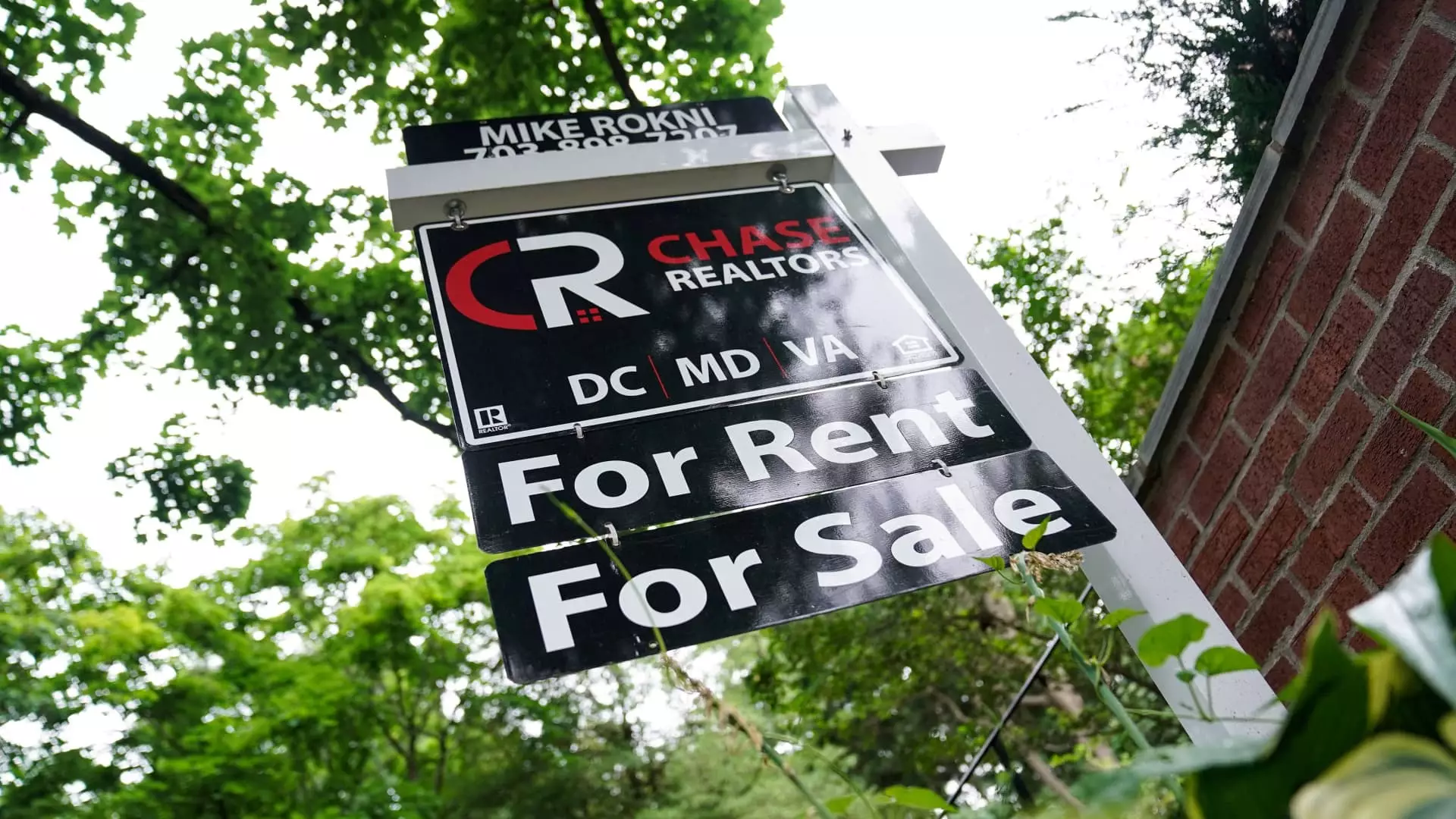In September, the U.S. housing market demonstrated a noticeable decline in activity, with sales of previously owned homes dropping by 1% from August, reflecting a seasonally adjusted annualized rate of 3.84 million units. This figure marks the slowest pace in over a decade, specifically since October 2010, as reported by the National Association of Realtors. The annual comparison is equally grim, with a 3.5% decrease in sales compared to September 2022. This trend is indicative of a broader market stagnation that has persisted, primarily influenced by rising mortgage rates and shifting buyer behavior.
Analysis of regional sales reveals a mixed picture across the country. Three out of four U.S. regions experienced declines in home sales, with the only exception being the West, where sales saw a modest uptick. Such disparities may reflect localized economic conditions, including employment rates and urban developments, that drive demand differently across regions. Notably, the data suggests that the contracts leading to these closings were signed months prior, hinting at a lag in consumer responsiveness to the evolving economic landscape.
The trends in mortgage rates are a critical component of the current housing landscape. Starting July with rates near 7% for a 30-year fixed mortgage, a gradual decline to just below 6.5% in August provided some relief to homebuyers. However, despite being a full percentage point lower than last year, these rates remain a substantial barrier for many potential buyers. Increased inventory levels, reported at 1.39 million and up 1.5% from the previous month, offer a glimmer of hope. This inventory increase ultimately leads to a 4.3-month supply of homes available, a notable growth from the previous year’s figures.
Despite the slight uptick in inventory, the housing market remains undersupplied, exerting upward pressure on prices. The median price of existing homes climbed to $404,500, marking a 3% increase year-over-year and continuing a trend of 15 consecutive months of price growth. Cash transactions have surged, comprising 30% of sales in September, compared to 20% pre-COVID, highlighting a shift in buying power within the market. Interestingly, investor sales waned slightly, indicating that not all cash buyers are necessarily investment-driven, reflecting a broader trend of individuals seeking homes.
First-time homebuyers continue to face challenges, as they made up only 26% of sales in September. This low percentage indicates a significant barrier exists for new entrants in the market, compounded by high prices and restrictive lending conditions. Homes are also lingering on the market longer, averaging 28 days, compared to just 21 days a year ago, signaling a cautious buying approach as consumers reassess their financial readiness amid fluctuating market signals.
The shift in the housing market dynamics as of September reveals an environment marked by stagnation and complexity, with a combination of rising prices, increased inventory, and challenges for new buyers indicating that while some factors appear favorable, overall market stability remains elusive.

